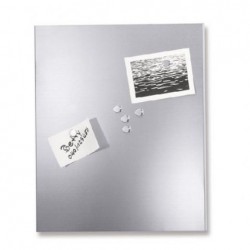Normann Copenhagen Tales Of Wood Bin
Price
€181.82
Michele De Lucchi has designed Cabin, a poetic bamboo box. Cabin forms part of De Lucchi’s research into materials that age well, like wood, stone and metals.
These materials retain their authenticity, accepting their ageing process since time is the greatest artist that exists.
Cabin is a box that depicts a house, structurally simple yet extremely sophisticated in terms of its design. Its minimalist shapes make it suitable for different environments, from the office to the kitchen.
Alessi Cabin Wooden Box by Michelle Delucchi, All-purpose box in bamboo wood
Bamboo Wood
32,7 x 24,7cm
Height 12,5cm

